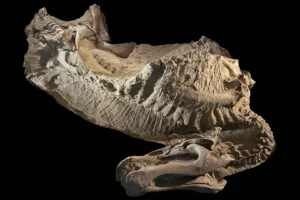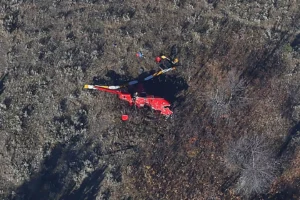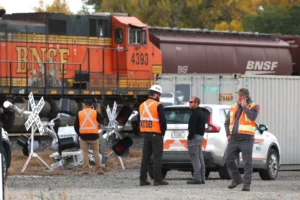BRAIN DRAIN: Majority of University of Wyoming Students Leave the State After Graduation, Study Shows
Thousands flee the Cowboy State for opportunities elsewhere
- Published In: Other News & Features
- Last Updated: Nov 17, 2022
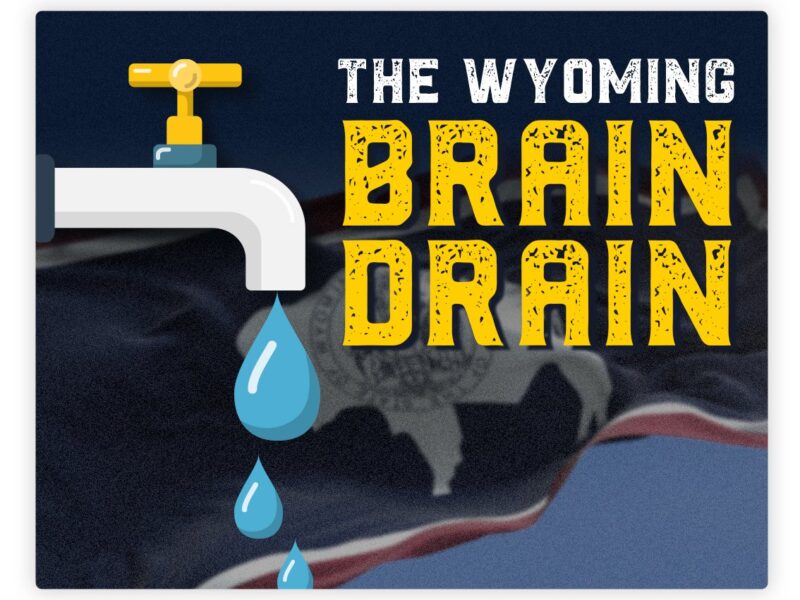
By Shen Wu Tan
Special to the Wyoming Truth
As a college student in Wyoming, Riley Talamantes pictured herself living in the Cowboy State after completing her studies because of the community she built and the sense of self she developed while living in Laramie. Yet, in the end, she left Wyoming for work opportunities in the Pacific Northwest.
Talamantes, 24, graduated from the University of Wyoming with degrees in political science and gender and women studies last December. Eight months later, she was living in Bend, Oregon—a high-desert town known for its abundant outdoor recreational activities—and working as a filing clerk at a law firm.
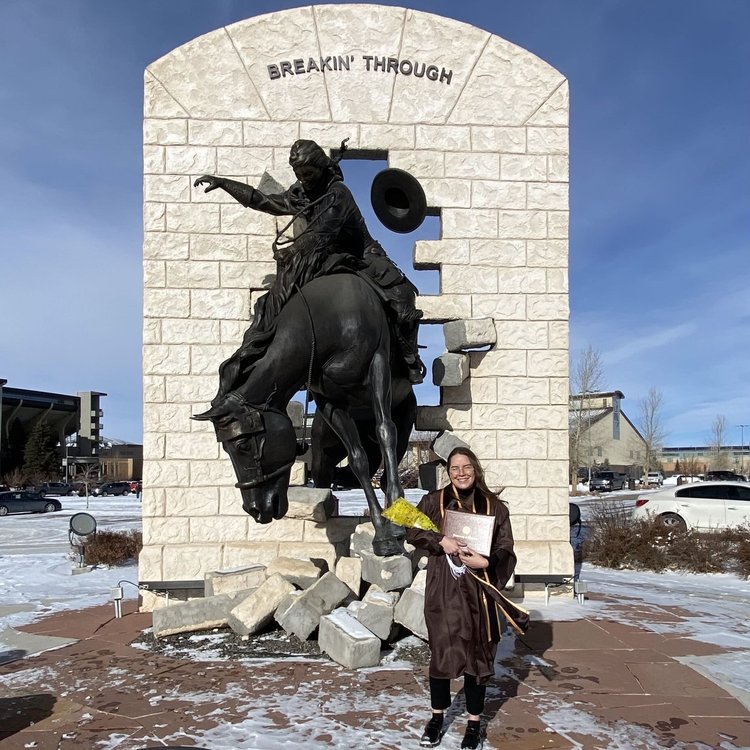
Talamantes’ motivation was simple: In Wyoming, she struggled to find a job outside of government or UW that paid well and provided benefits, such as healthcare.
“If you wanted to say, work at nonprofits or work at a law firm and utilize your degree, there just weren’t really a lot of outside opportunities that paid well for me to consider and do that,” Talamantes said. “[But] when I moved out to Oregon, I wasn’t really worried about [finding a job], because there were a lot of opportunities available.”
Talamantes isn’t alone in seeking a better life beyond Wyoming’s borders. Every year, hundreds of former UW students flee the state, contributing to a phenomenon dubbed “brain drain” that economists say could harm the health of the state’s workforce.
Brain drain is the emigration of educated or professional people from one area or economic sector to another, often for better living conditions or pay.
According to a 2020 survey conducted by McKinsey & Co. and shared with the Wyoming Truth, the majority of UW graduates—about 66%—relocated after earning their degrees.
Of the other western states, Colorado was the most popular choice for UW graduates, with 19% ending up there. Five percent headed to California, while 2% moved to each of these six states: Arizona, Washington, Utah, Montana, Oregon and Nebraska. One percent migrated to Idaho, and around 1% moved to Nevada. What do most of these states have in common? Major metropolitan areas with larger populations, professional sports teams and a more vibrant cultural scene than what’s found in towns across Wyoming.
The data also illustrates that 5% of UW graduates relocated to Texas, while 1.5% settled in Florida. Around 1% of UW graduates landed in each of the seven states: Illinois, Minnesota, South Dakota, New York, North Carolina, Virginia and Missouri.
“It’s the chicken and egg question: to attract new companies and diversify our economy, we need these young, educated individuals to remain in the state and be ready to step into jobs in these new industries,” said Robin Sessions Cooley, the director of the Wyoming Department of Workforce Services.
“But we need these new industries in order to keep these young, educated individuals in the state… As Baby Boomers continue to retire, Wyoming needs younger workers to fill those positions in order to have a healthy labor force. Otherwise, it could become increasingly difficult for employers to find the people they need for the jobs they are trying to hire.”
To provide more perspective, 66.6% of current UW students are in-state residents and 33.4% are from out of state, said Chad Baldwin, UW’s associate vice president of institutional communications.
Michael Pearlman, Gov. Mark Gordon’s spokesperson, told the Wyoming Truth that many graduates leave the state because of employment opportunities in specific industries.
“Governor Gordon recognizes the importance of building and maintaining a quality workforce that can serve the needs of the state,” Pearlman said in a statement. “The challenges of diversifying the state’s economy and retaining young workers are longtime issues that present unique challenges for a frontier state like Wyoming.”
The impacts of brain drain
So, how does Wyoming’s economy play a role in brain drain?
Wenlin Liu, chief economist for Wyoming’s Economic Analysis Division, described the state as “one of the least diversified economies in the country.” The proportion of mining industry jobs is the highest in the United States, he added, even surpassing North Dakota, Alaska and West Virginia. These jobs also do not require a college degree.
The segment of Wyoming residents 25 years and older who hold a bachelor’s degree was about 28% in 2020, while the proportion with a high school diploma was around 94%, U.S. Census Bureau data illustrates.
The migration of folks out of Wyoming leads to a reduced labor force supply, Liu explained, and the longer-term effects of brain drain could be slow growth in population due to a faster-aging population and lower birth rate.
People 65 years and older comprise about 18% of Wyoming’s population as of 2020, according to census data. Individuals under the age of 18 make up around 23%, and folks younger than five years old represent 6% of the population.
“Brain drain also weakens the local demand of goods and services, which in turn, would negatively affect local economic activities,” Liu said.
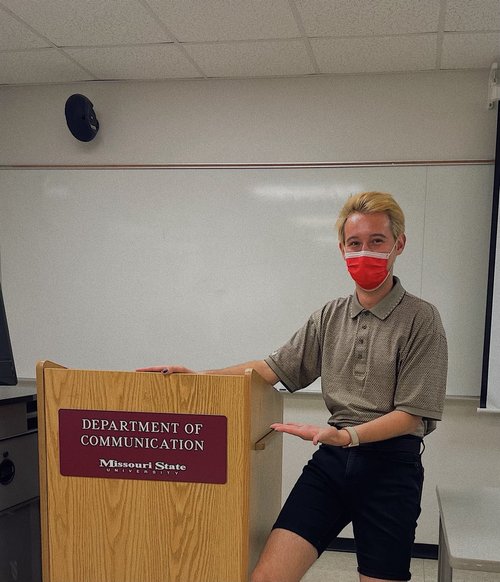
The phenomenon is not limited to Wyoming. Other rural states with small populations, such as West Virginia, Maine, Vermont and New Hampshire, also feel its impact. “In simple words, these states do not provide versatile professional-related employment opportunities and have limited choice in leisure and entertainment services,” Liu said.
And the U.S. is not alone in grappling with brain drain. In Hong Kong, officials are offering two-year visas to individuals who earn over $318,000 and to graduates from the world’s top 100 universities who have at least three years of work experience, Reuters reported in October. Those from overseas who become permanent residents of Hong Kong also would be awarded stamp duty refunds for their first home purchase.
A call for a diversity of resources
Many Wyomingites who have left the state cited the lack of economic diversity as a major contributing factor. It certainly played a role in Wyoming native Jaxon Porterfield’s decision to move out of Wyoming.
As a high school freshman, Porterfield started counting the days until their exodus. It took eight years, but Porterfield finally bolted in 2021, armed with degrees in political science and women’s studies from UW—and eager for more learning, work and cultural opportunities.
Porterfield, who identifies as nonbinary, intended to major in chemical engineering at UW; it seemed like the natural path given the state’s emphasis on science and engineering. But they hated chemical engineering and switched majors.
“I realized that a lot of my choice to pursue a chemical engineering degree was based on this foundation of Wyoming pushing me into thinking that I needed to do math and science work…,” said Porterfield, now pursuing a master’s degree in communications at Missouri State University. “And then I was like, ‘No, this is awful. I don’t want to do this.’”
“I think that more resources need to be put into creative arts, creative pursuits,” Porterfield continued. “It needs to be balanced with the emphasis that we’re putting on engineering and those applied science degrees.”
Diversifying the economy and resources in Wyoming, as Porterfield suggested, could be a possible solution to brain drain.
Economic diversity is commonly seen as a way to achieve economic stability. But research is mixed as to whether it’s better for a state or local economy to become more diversified or to remain specialized in sectors where it has or can obtain a comparative advantage, Liu noted.
Exactly what is Wyoming’s comparative advantage, in Liu’s opinion? Fossil fuel energy extraction and natural resources, whether that’s outdoor recreation, hunting or renewable energy resources such as wind and solar power.
“Wyoming will attract and/or retain a population with strong affection for open space, clean air, outdoor activities, and perhaps the most important, the low tax burden for residents,” Liu told the Wyoming Truth. “After all, economic diversification is a long-term process, and it will take decades of time before seeing a difference.”
Yet, it’s murky as to whether Wyoming will be able to reverse the brain drain trend and its effects over time.
Connections to the Cowboy State
While many no longer call Wyoming their home, a part of the Mountain West state remains with them. Porterfield still has family in Wyoming, so they will maintain a connection to the Cowboy State even though they cannot imagine living there again.
“I think a lot of it is just opportunity-based,” Porterfield said, regarding their relocation. “For me, in particular . . . to do the work I want to do, which is centered around harm reduction, how we talk about drugs in our communities and all that kind of stuff, I needed to be somewhere where that work was more established…”
Talamantes has fond memories of her years in Laramie, but she described the state as “backwards” and “lost in time,” partially due to lack of investments in businesses and infrastructure, such as public transportation.
Four months after settling in Oregon, Talamantes is looking ahead—not back. She enjoys living in a more demographically diverse state that she sees as socially progressive. And she appreciates the easy access to a ski resort, lava caves and national parks from her new home in Bend.
“I don’t regret my decision,” Talamantes said. “I think it was the right move for me.”


